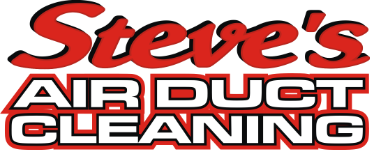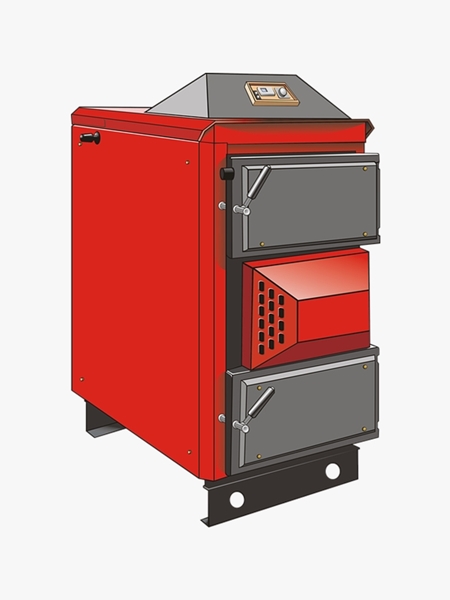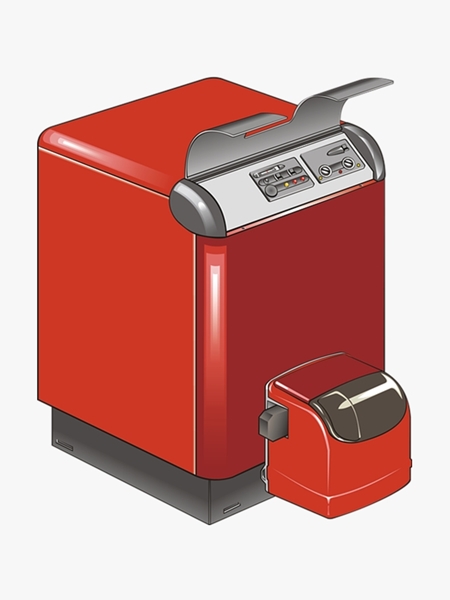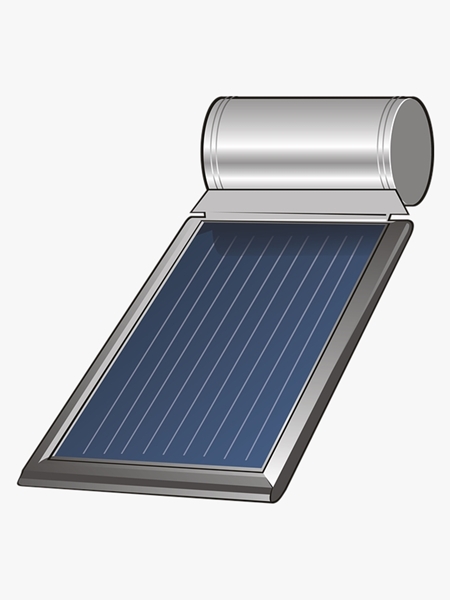How Long Does a Furnace Last?
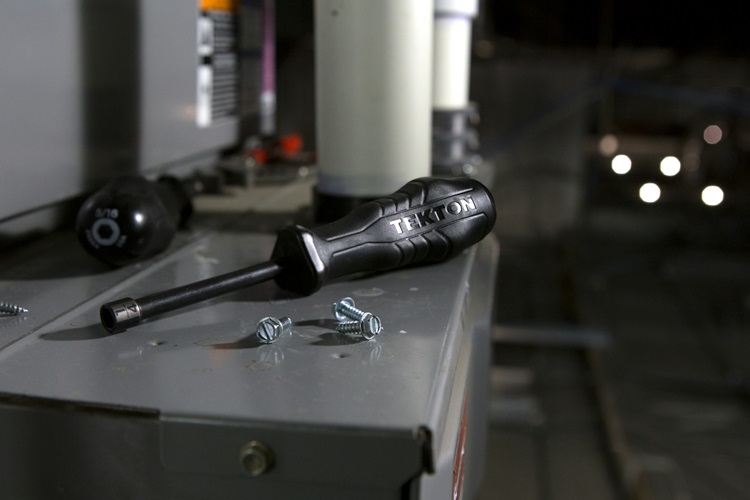
The anticipated useful lifespan of most domestic HVAC equipment depends on several factors, including domestic furnaces. Some of these factors, such as how often you pay for a professional furnace cleaning service, are certainly under your control, while others, such as local weather conditions, are not. In today's article, we will look at all the relevant factors and discuss ways to extend the service life of your home furnace. We will also talk about the average service life of some other domestic HVAC heating appliances and compare them to furnaces in an attempt to establish which is the most cost-effective solution to your home heating requirements (how easy it is for you to switch to another heating source will depend on the type of property in which you live and the location of your furnace, among other things). The following information was gathered by consulting with the highly experienced technicians at Steve's Air Duct Cleaning, who provide professional HVAC cleaning services throughout the Denver area.
Factors Affecting Furnace Life
Our furnace and air duct cleaning experts, in common with most industry experts, tell us that modern gas furnaces can be expected to last for 15-20 years. However, they also tell us that some appliances may only last ten years while others could work for as long as 30 years. The main factors that affect the longevity of domestic, gas-fired furnaces are as follows:
Maintenance
As you might expect, a well-maintained appliance can last considerably longer than one poorly maintained. With this in mind, we always recommend that our clients follow manufacturers' guidelines about service and cleaning intervals to maximize the service life they enjoy from their furnace. Exactly how big of an effect maintenance has on the useful lifespan of your furnace will normally depend on how far you stray from these guidelines. If, for example, you never have it cleaned or serviced, it may fall well short of even the minimum expected service life of 10 years
If you do not know of any reputable local service providers who can help maintain your appliance, we suggest searching for 'furnace cleaning near me,' making a note of the contact details for two or three of the companies you find, and asking each of them to provide you with a quotation.
Regularity of Air Filter Changes
How often you change the air filter on your furnace will significantly influence its longevity. You can expect accelerated wear and tear if pollutants circulate inside the appliance. For this reason, we always urge our clients to follow the manufacturer's recommendations about air filter changes. Depending on the type of filter that is fitted, you may need to change it as often as once every three months.
"Most disposable air filters last three to 12 months. Before you replace a disposable air filter, check its condition. If it looks clean, it can be used a bit longer. But if it's visibly dirty, it's time to replace it."
—Consumer Reports, 2023
Manufacturing Quality
There is a wide variety of domestic furnaces on the market today, ranging from budget models, on which certain compromises may have been made to hit a certain price point, to premium appliances, which are manufactured to exceptional standards, using the best quality components and materials currently available. Generally speaking, the more money you spend on a new furnace for your home, the longer you can expect it to last (assuming that all other factors remain the same).
Local Climate
This is not a factor over which you will have any direct influence, short of moving to a new area. Still, it is one that nonetheless needs to be taken into account when estimating the probable service life of a domestic furnace. Homeowners in areas of the country with a humid climate can expect to encounter more issues with corrosion and, consequently, a shorter service life. On the other hand, if you live in a part of the country that enjoys mild winters and low humidity, your furnace may well last well beyond the nationwide average service life for heating appliances in the USA.
Usage Patterns
This is another factor over which you may have unlimited as it depends largely on the local weather conditions. In short, the more you use your furnace, the shorter its expected service life. Heavy usage in harsh winters, in particular, may shorten the expected service life by as much as a year or two.
In summary, if you invest in a high-quality appliance, follow the manufacturer's recommended maintenance schedule, change the air filter regularly, and live in an area with a mild climate, your furnace could serve you well for considerably longer than 20 years. It will also help if you hire a professional air duct cleaning team to go through your HVAC system annually. The further you deviate from these recommendations, the shorter the expected service life will be.
Recognizing when to replace your furnace can save you from unexpected breakdowns and costly repairs. Common signs that indicate the need for a new furnace include:
- Age — Most furnaces have a lifespan of about 15-20 years. If your furnace is within this age range or older, it may be time to consider a replacement, especially if it's exhibiting other signs of decline.
- Increased Energy Bills — As furnaces age, they become less efficient, causing them to use more energy to heat your home, leading to higher utility costs.
- Frequent Repairs — If you find yourself calling a technician regularly, it may be more cost-effective to invest in a new furnace rather than continually fixing an old one. Frequent breakdowns often signal that the furnace is nearing the end of its useful life.
- Inconsistent Heating — Uneven temperatures or a furnace that struggles to maintain the desired temperature can indicate that the furnace can no longer distribute heat effectively throughout your home.
By paying attention to these common signs, you can proactively replace your furnace, ensuring reliable and efficient heating for your home.
Expected Service Life of Alternative Heating Sources
If you are considering switching to another type of heating source in your home, you may be able to install one of the following types of systems:
- Boiler — A system based on a gas-fired boiler can be expected to run for 20-30 years, depending on the boiler quality installed and how it is used and maintained.
- Heat Pump — The expected lifespan of heat pump systems is approximately 15 years, though some models may wear out sooner if they're not regularly maintained.
- Electric Heating — If you invest in a good-quality electric heating system, you can expect a service life of 20 years or more under ideal conditions.
- Solar Heating — Active solar heating systems usually perform well for around the same time as electric heating systems, i.e. 20 years or so.
As you can see, most of the alternatives to a traditional furnace-based heating system do not offer any significant advantages in terms of service life, especially if you have a professional furnace cleaning team attend to your appliance regularly and pay to have it serviced by the manufacturer's recommendations.
FAQs on Furnace Lifespan and Cleaning
A furnace should be serviced at least once a year, preferably before the heating season. Annual maintenance ensures efficient operation, detects potential issues early, and extends the furnace's lifespan. Regular servicing includes checking thermostat settings, inspecting electrical connections, lubricating moving parts, and ensuring the system cycles on and off correctly. This proactive approach can prevent unexpected breakdowns and costly repairs.
Furnace filters should be replaced every 3-12 months, depending on the type of filter and home conditions. Homes with pets, high dust levels, or residents with allergies may require more frequent changes. A clean filter allows for better airflow, reducing strain on the furnace and lowering energy bills. Regularly replacing filters helps prevent dust and debris from accumulating on internal components.
Signs that your furnace needs cleaning include reduced airflow, unusual noises, frequent cycling, and a noticeable increase in dust around your home. Higher energy bills can also indicate a dirty furnace, as the system works harder to maintain the desired temperature. Additionally, a burning smell when the furnace is running could be due to dust buildup on the heat exchanger or other components.
Regular cleaning removes dust and debris that can cause wear and tear on furnace components, improving efficiency and preventing breakdowns. Clean components work more effectively and are less likely to overheat or fail prematurely. For example, a clean blower motor can move air more efficiently, reducing strain on the system. Maintaining a clean furnace can avoid costly repairs and extend the system's lifespan.
Professional furnace cleaning ensures that all components are thoroughly cleaned and inspected. Technicians can spot potential issues, improve efficiency, and provide expert advice on maintaining your furnace. They have the tools and expertise to clean hard-to-reach areas and components, such as the blower motor and heat exchanger. Professionals can also check for signs of wear and tear or potential safety hazards, ensuring your furnace operates safely and efficiently.
While some basic cleaning tasks like changing filters can be done yourself, hiring a professional for comprehensive cleaning and maintenance is advisable. Professionals have the tools and expertise to clean internal components safely and effectively. Attempting to clean these components without proper knowledge can lead to damage or voiding the warranty. A professional can also perform a thorough inspection, ensuring all parts are in good working order and addressing any potential issues before they become major problems.
Parts that require regular cleaning include filters, the blower motor, the heat exchanger, the burner assembly, and the flue pipe. Keeping these components clean ensures efficient operation and reduces the risk of breakdowns. The blower motor, responsible for circulating air, can accumulate dust and debris, reducing efficiency. The heat exchanger transfers heat to the air and can become clogged with soot and other residues. The burner assembly and flue pipe must also be cleaned to ensure proper combustion and exhaust.
A dirty furnace can circulate dust, allergens, and pollutants throughout your home, negatively impacting indoor air quality. This can cause respiratory issues, allergies, and overall discomfort for occupants. Dust and debris in the furnace can harbor mold, bacteria, and other contaminants, distributed through the ductwork and into the living spaces. Regular cleaning helps maintain a healthier indoor environment by removing these contaminants and ensuring the furnace operates efficiently, providing clean, filtered air throughout your home.
Replacing an old furnace with a new high-efficiency model can lead to lower energy bills, improved home comfort, reduced environmental impact, and eligibility for rebates or tax credits. High-efficiency furnaces also have advanced features that enhance performance and reliability.
Call Our Arvada Furnace Cleaners for Trusted Local Services
If you wish to stick with your existing furnace-based system and you are looking for Westminster furnace cleaning technicians to help you keep it in excellent working order, please don't hesitate to contact us.
Start Breathing Easier.
Your air ducts are the lungs of your home and keeping them clean keeps you and your family healthier and your HVAC equipment working optimally.
